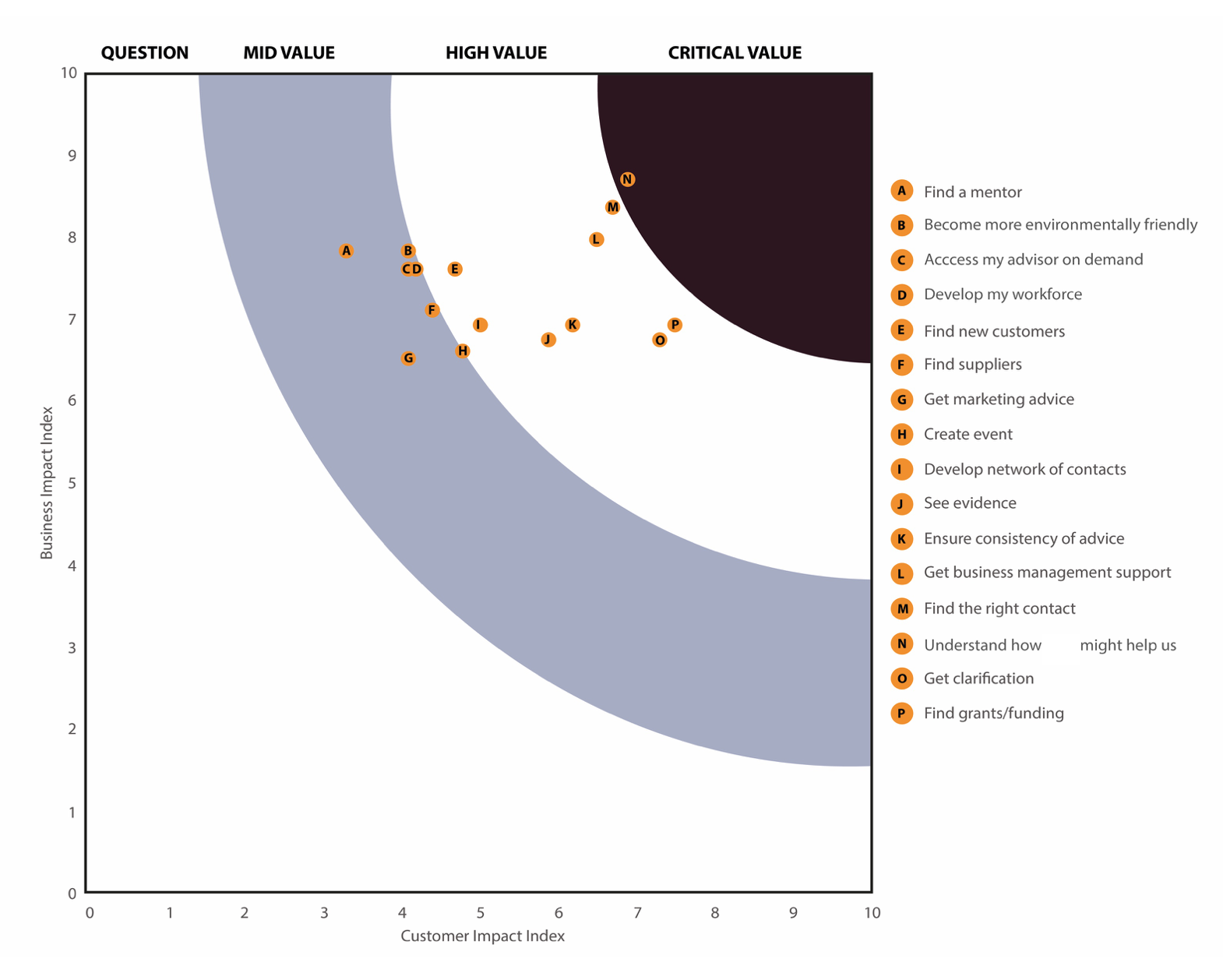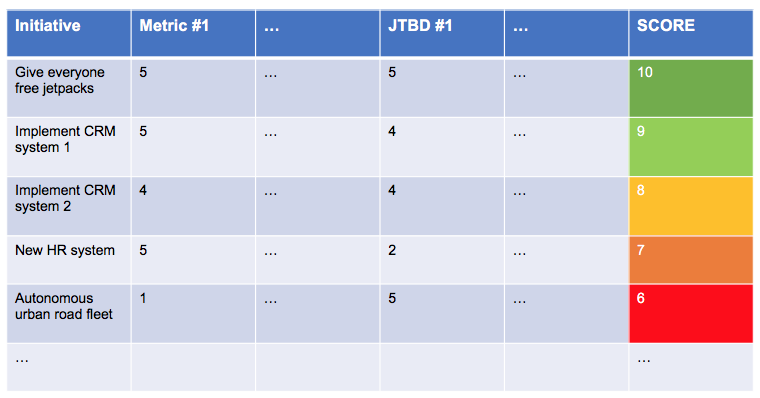The POP Method™ is a three-stage method, developed by Subsector, for answering a deceptively simple question: what should our organisation do next? The POP stages are People, Outcomes and Priorities (described in more detail below). In brief, we can clearly prioritise next steps by focusing on people’s needs and how serving them helps an organisation achieve its objectives.
We often apply the POP Method to Business Transformation.
A mistake many businesses make when considering the transformation of their products, services and organisation for a more “digital” age, is to think of the project as being led by technology. Transformation, while often capitalising on emerging technologies, is primarily a human endeavour. It will influence organisational structure, working practices, internal skills and capabilities, partnerships, knowledge sharing and, ultimately, culture. Transformation is not an IT project.
Transformation is not an END, it is a WAY and it is important to recognise that, done correctly, it will not be something that finishes on a given delivery date. Rather, it is about the creation of an Operating System for an organisation and surrounding ecosystem. An operating system that embraces adaptation, enabled by technology.
This can seem a daunting challenge, which is why we have a simple, proprietary, common sense approach. We call it the POP Method: People, Outcomes, Priorities.
Most organisations, or departments within them, tend to be designed to serve the needs of others. Call them customers, stakeholders, citizens, colleagues, etc, their needs should be at the heart of your plans.
In the POP Method, we use workshops and mixed research methods to determine the relative importance of the people you care about most.
These mixed methods capture qualitative and quantitative data about their behaviour (especially with technology) and their jobs-to-be-done. These JTBD are problems these people are trying to solve. They tend to be functional, emotional or social in nature and may be thought of as your customers’ needs. They reveal motivations relevant to your organisation.
JTBD Matrix
In a sense, helping the people you care about to solve some of their JTBD is what your organisation is for. Being customer-centric and focusing on their JTBD is admirable. However, these JTBD still need to be considered in the context of business outcomes; if delivering on a particular JTBD serves no identified business outcome then there may be little justification for putting resource into it.
The JTBD Matrix is the output of a detailed scoring exercise. This scoring exercise is fundamental to our unique process and the underlying algorithms have been developed over two decades. We use the scoring to rate the impact of answering customer needs in achieving your desired business outcomes.
In some instances, these two aspects of the POP Method are sufficient to inspire an organisation as to their next steps e.g. which needs should a website prioritise; which needs should your organisation focus on.
The JTBD Matrix feeds directly into the Priority phase of the POP Method.

Product / Service Innovation
The results of the JTBD Matrix often stimulate discussion about the products and services an organisation offers. Does the existing set serve these needs? Might we be able to adapt them? Could we create something entirely new? Are these needs being better served by a competitor? How might we test these ideas?
Where desired, we explore these opportunities by using a set of tools and techniques commonly used by startups and corporate innovation labs.
Now we know which JTBD are of most value to your organisation, we are able to suggest a range of specific initiatives for achieving them. We find that the creation of an Initiative Scorecard is the simplest way of assessing the relative merits of a given tactic, technology or feature set against a number of dimensions.

This assessment gives us an overall priority level for each suggested initiative. Exact dimensions to assess against would be confirmed with you but are likely to include cost, implementation time, degree to which it solves a JTBD, potential benefit to the organisation (and/or key KPI), implementation risk, maintenance risk, staff training required and so on.
Roadmap
Now we have a prioritised scorecard, we can create an outcome-based roadmap of activity to start (or accelerate) your organisation’s ongoing transformation, at whatever scale.
We are experienced in working with internal teams, external partners and new suppliers to ensure they understand the priorities in the roadmap and that they maintain focus on what is important for customers and the organisation.
As the environment continues to change, the POP tools may be updated with new information, automatically updating the prioritisation while keeping your strategy grounded in customer needs that align with desired business outcomes.
If you want to try this with your clients or your organisation, find us at Subsector.